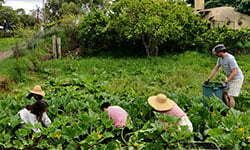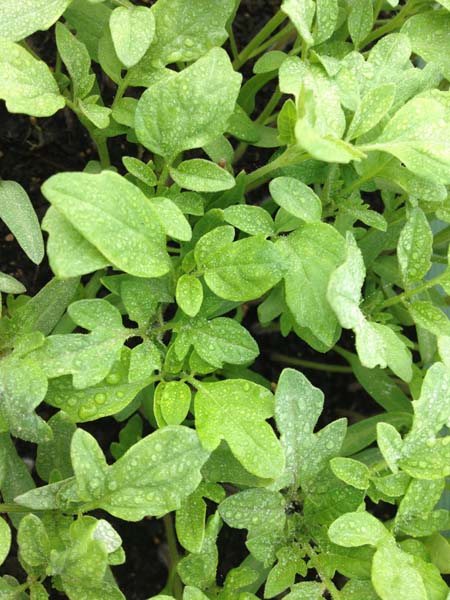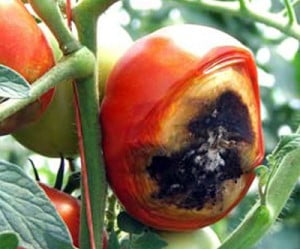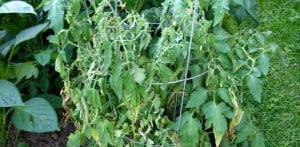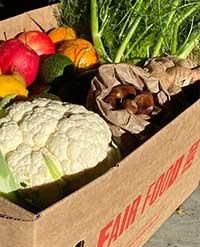VISIT
CERES is a public park that is free to visit. Enjoy the green spaces, the community, and our enterprises.
Menu
VISIT
CERES is a public park that is free to visit. Enjoy the green spaces, the community, and our enterprises.
Menu




